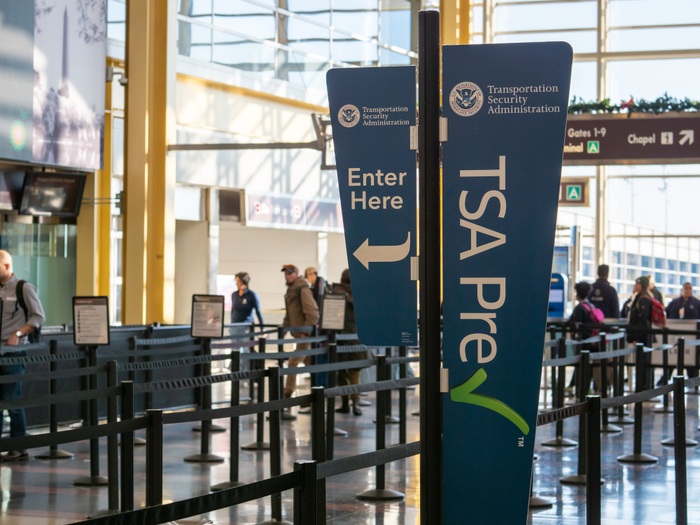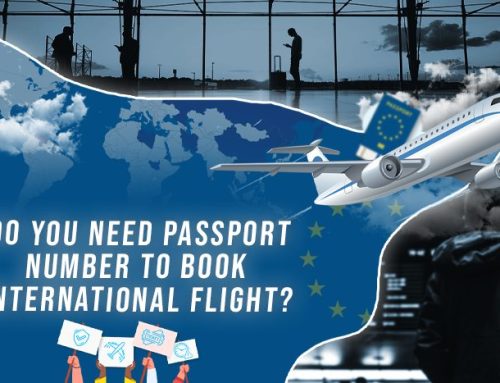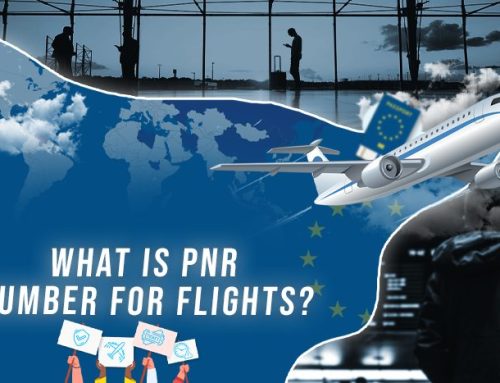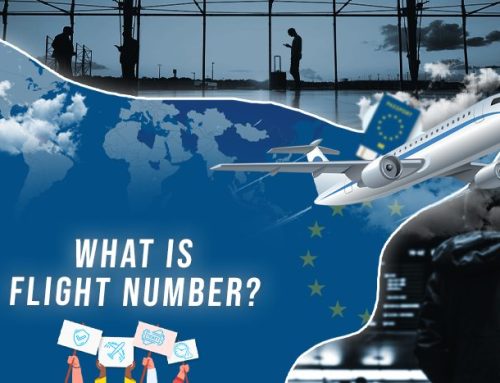There are millions of passengers who travel daily around the world, and there’s a list of those who are considered high-risk. These passengers may still be allowed to travel. They’ll just have to go through additional screening to make sure it’s safe for them to travel. With those lists, it’s common for multiple people to have the same name, and occasionally, you could be flagged as high-risk when it’s intended for someone else with the same name.
If this occurs frequently, it can be really frustrating. You just want to get through airport security, but it feels like you’re constantly being harassed when you did nothing wrong. In these cases, you can apply for a redress number.
A redress number is assigned to passengers who have been falsely identified as being a threat to security or public safety when travelling. It helps clear up the confusion with airport security, allowing you to once again breeze through the airport.
Here’s all you need to know about redress numbers.
Key Takeaways
- A redress number is assigned to passengers who have been falsely identified as being a threat to security or public safety when traveling, which helps clear up confusion with airport security and allows them to pass through without issue.
- Redress numbers are useful for individuals who are frequently flagged by security as being a threat, experiencing issues such as being stopped and searched, having bags flagged, or being denied entry to a flight.
- To apply for a redress number, visit the Department of Homeland Security’s website and fill out an application, answering questions honestly and submitting approved documentation, such as identity documents or passports. If your application is approved, the redress number will be added to your airline reservation and indicate to TSA that you are not the same person on the watchlist.
What’s A Redress Number?
Redress Control Numbers are assigned to individual passengers who have the same name as someone else who has been identified as a threat to flying. When you travel through airport security, your name may get flagged as being on the watch list; however, this number indicates that it is not you and lets you go through airport security without issue.
You have to apply for a redress number through the Department of Homeland Security in the United States. This is different from TSA PreCheck or Global Entry. Those programs use known traveller numbers, which help identify you based on rigorous background checks.
Why Should I Get A Redress Number?
Redress numbers are useful if you constantly get flagged by security as being a threat. You are often stopped and searched. Your bags are always flagged through the scanner. You can’t print your boarding pass or were denied entry to a flight. All of these are common issues that may require a redress number to fix.
Keep in mind that the redress number is for frequent issues. It is not intended to help you if you have faced a single issue of discrimination at an airport. If you have customer service complaints, you should contact airport security or airline teams. They handle individual issues independently of redress numbers.
How Do I Apply For A Redress Number?
Visit the Department of Homeland Security’s website and find the Traveler Redress Inquiry Program. During the application process, you will be asked a series of questions. Answer honestly to see if getting a redress number is the best option for you.
You will need to submit approved documentation, including but not limited to identity documents, passports, or other government IDs. Expired documentation will not be allowed, regardless of citizenship.
Once you submit your completed application, you will need to wait for a decision. It can take time, so you may need to deal with additional airport screening in the meantime. If your application has been denied, you can repeal the decision, though make sure to correct anything they have called out as the reason for your denial prior to appealing.
So, What Is A Redress Number?

A redress number indicates that you are not a high-risk traveller despite being on a watchlist. If you find yourself frequently stopped by airport security because you share a name with someone on the list, you may want to apply for a redress number through the U.S. Department of Homeland Security to stop the additional searches and get on with your airport travel without the additional hassle.
Frequently Asked Questions
-
What is a redress number?
A redress number is assigned to passengers who have been falsely identified as being a threat to security or public safety when traveling. It helps clear up confusion with airport security, allowing them to pass through without issue.
-
How does a redress number help?
A redress number indicates that you are not a high-risk traveler despite being on a watchlist. If you find yourself frequently stopped by airport security because you share a name with someone on the list, you may want to apply for a redress number to stop the additional searches and get on with your airport travel without the additional hassle.
-
Can I get a redress number if I have faced a single issue of discrimination at an airport?
No, a redress number is for frequent issues only. If you have faced a single issue of discrimination at an airport, you should contact airport security or airline teams. They handle individual issues independently of redress numbers.
-
How do I apply for a redress number?
To apply for a redress number, visit the Department of Homeland Security’s website and fill out an application, answering questions honestly and submitting approved documentation, such as identity documents or passports.
-
What is the difference between a redress number and TSA PreCheck or Global Entry?
Redress numbers are assigned to individuals who have the same name as someone else who has been identified as a threat to flying. At the same time, TSA PreCheck and Global Entry use known traveler numbers to identify travelers based on rigorous background checks.







